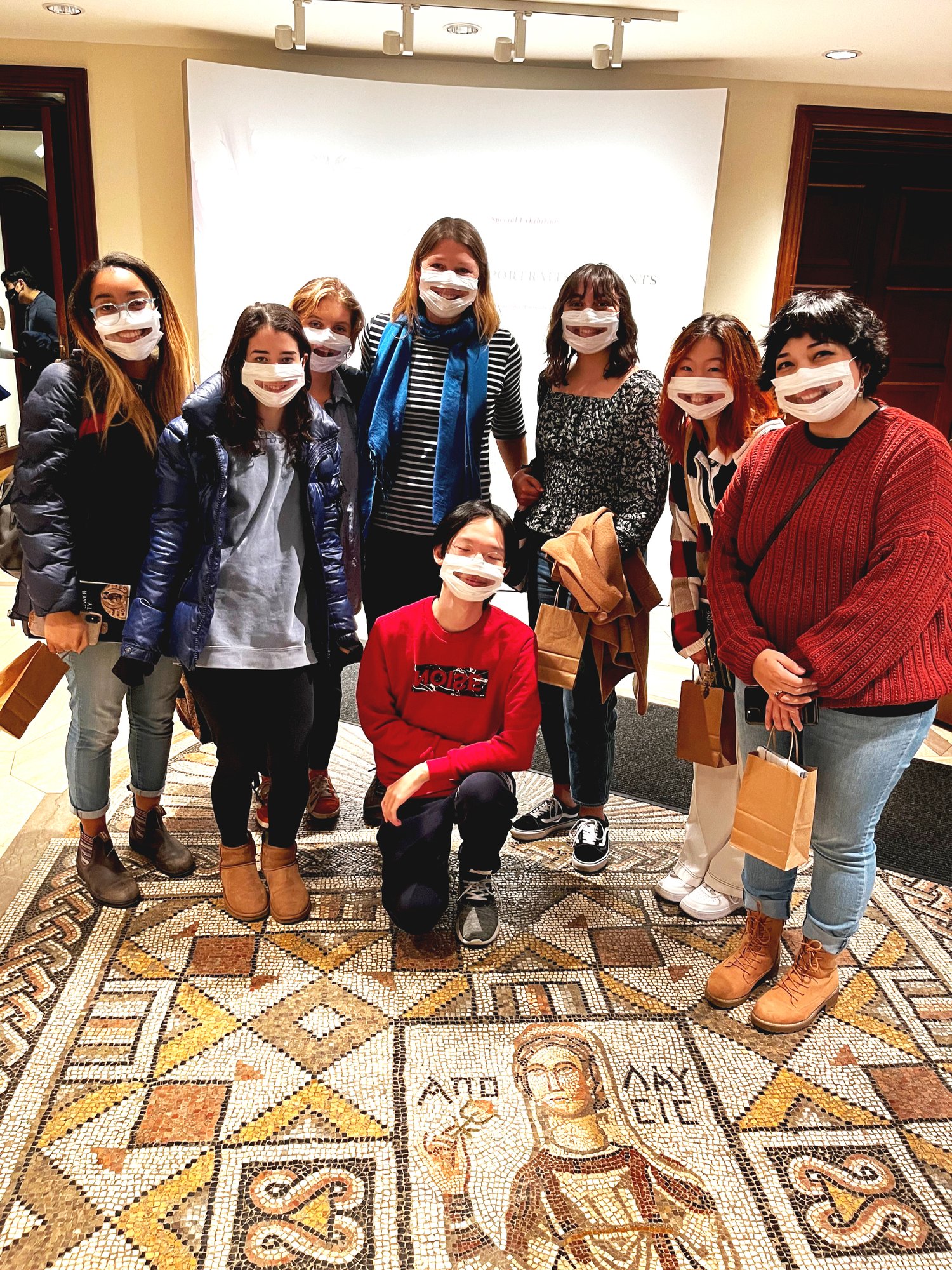Pivoting as a Result of Widespread Museum Shutdowns
I began my time with the Classics Lab Antioch Recovery Project with a passion for visitor experience. Our class, interestingly, did not have the makeup of a typical classics course. Rather, it had students hailing from a wide array of disciplines, including mechanical engineering, electrical engineering, economics, anthropology, and art history. These diverse opinions further encouraged me to step outside of my own background in art history and explore how larger sectors of the population engaged with Antioch Mosaics.
I began my study with a wide sweep of internet reviews. I specifically remember scanning one recent Yelp review of the Baltimore Museum of Art from an individual named Jason J, that read: “my personal favorite are the Antioch Mosaics acquired in the 1930s through a Princeton University archaeological excavation. It’s powerful viewing these walls...Which were most likely floors originally. (It does bother me that these are no longer in their original location but I don’t know the circumstances of their removal. It may have been to make way for modern construction or some other reason.)”
The individual’s comments revealed a deep investment in the pieces, as was evidenced in his knowledge surrounding their excavation. However, his confusion was equally as revealing. Although he had clearly visited the Baltimore Museum of Art’s sunny Antioch court, the object labels had not successfully relayed the appropriate information regarding the conditions around the removal from modern day Antakya. With this information in mind, I partnered with my classmate Louisa to design a questionnaire that would probe at these questions: How do different visitors interact with the Antioch mosaics? What information do visitors retain about these objects? What further details would visitors like to learn about the Antioch mosaics? How does the surrounding space and the curatorial decisions affect these outcomes?
Unfortunately, before Louisa and I had the chance to execute our survey on site at the Baltimore Museum of Art, the museum had decided to close its doors to mitigate the spread of the COVID-19 virus. Without the ability to stand with visitors in the space, we decided to pause this line of research and pivot to something more virtual friendly. Louisa cleverly suggested that we flip the research around, instead interviewing curators about their intentions with the Antioch mosaics their respective institutions held. This way, we reasoned, we could understand what narratives curators wished to impart with their work on the mosaics. Although the transition wasn’t always smooth, we hoped that by starting to research curatorial intentions would set up the next iteration of the course to conduct better visitor surveys when museums reopened.
Clara Leverenz

